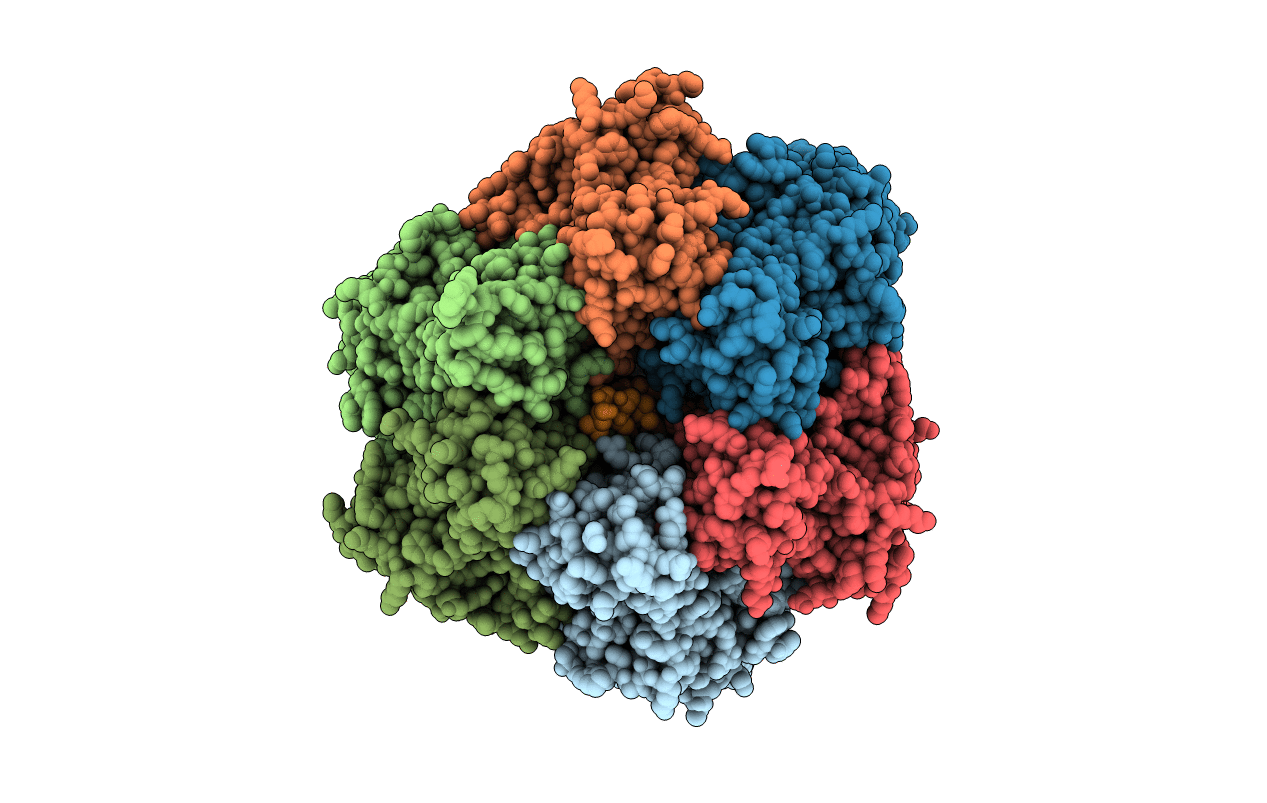
Deposition Date
2008-12-18
Release Date
2009-10-27
Last Version Date
2023-12-13
Entry Detail
PDB ID:
2W6I
Keywords:
Title:
Low resolution structures of bovine mitochondrial F1-ATPase during controlled dehydration: Hydration State 4B.
Biological Source:
Source Organism:
BOS TAURUS (Taxon ID: 9913)
Method Details:
Experimental Method:
Resolution:
4.00 Å
R-Value Free:
0.30
R-Value Work:
0.29
R-Value Observed:
0.29
Space Group:
P 21 21 21


